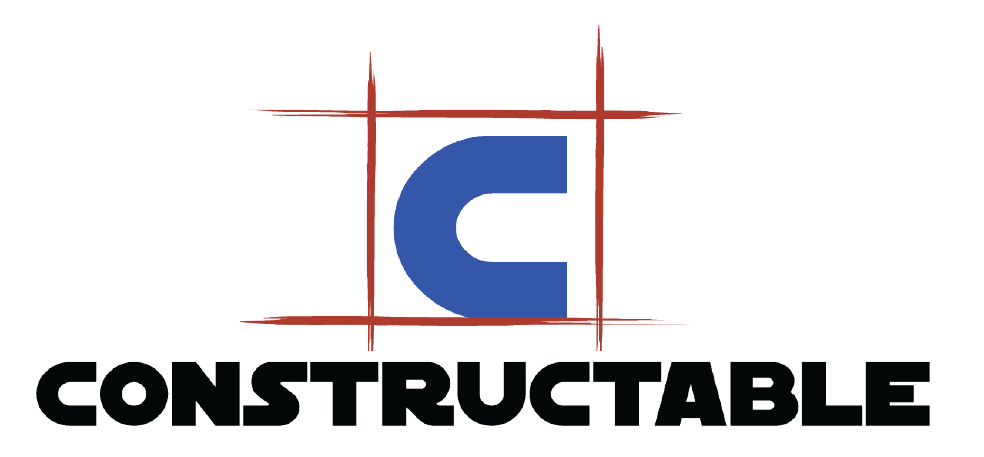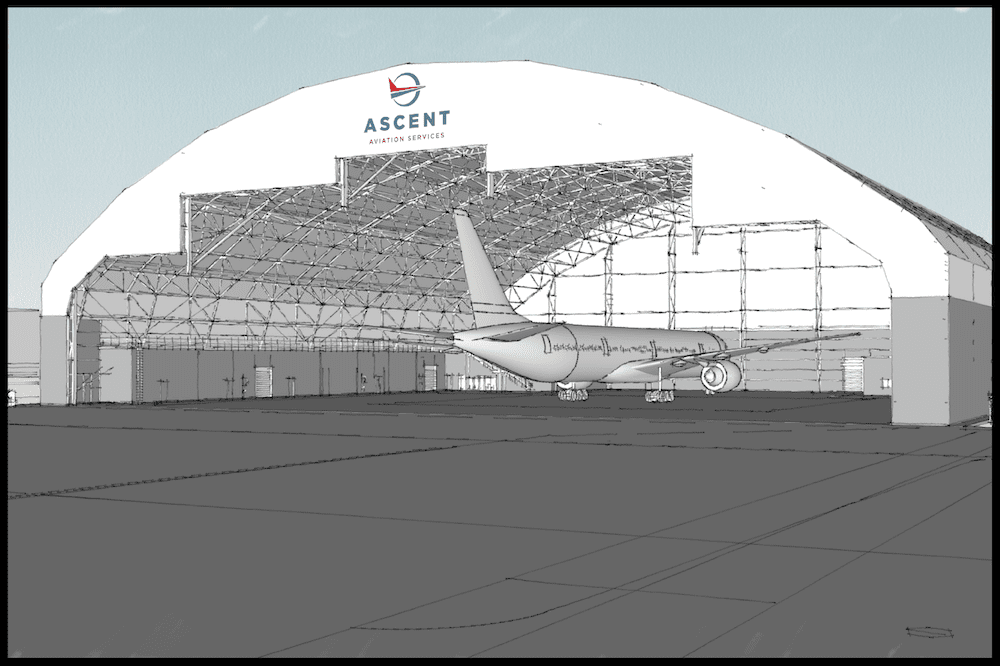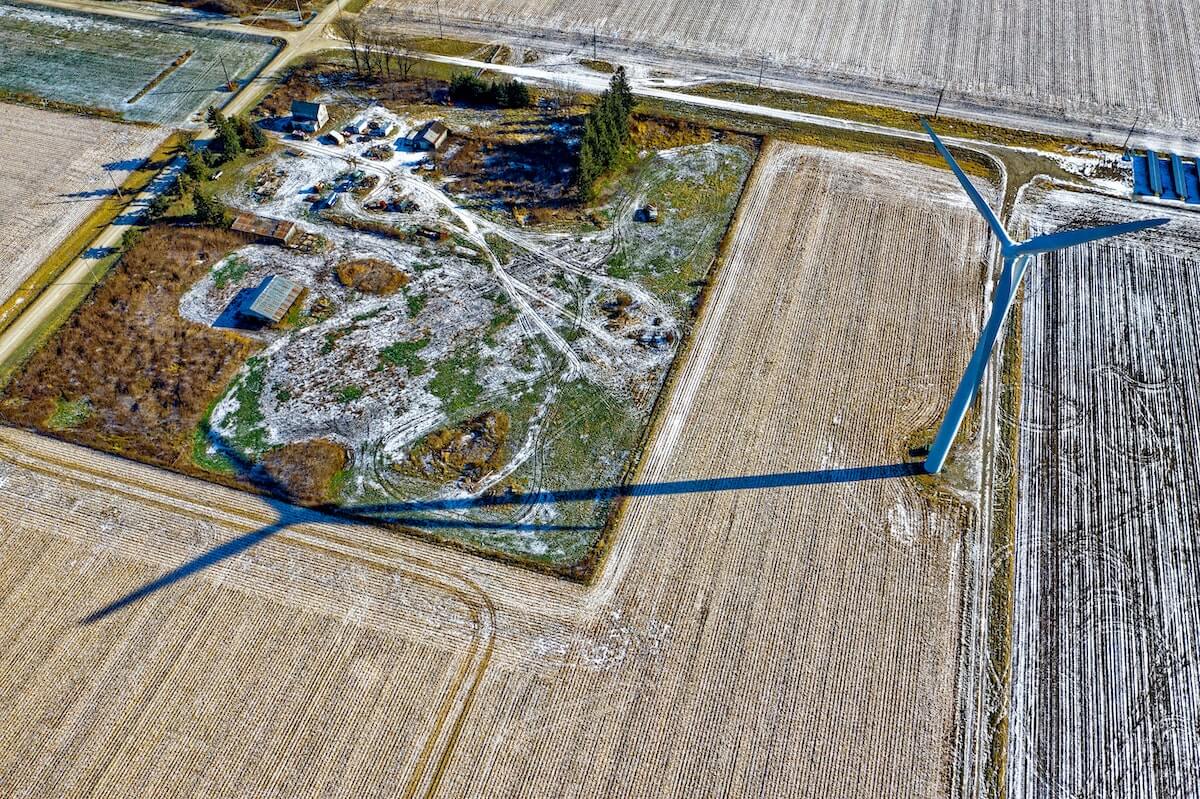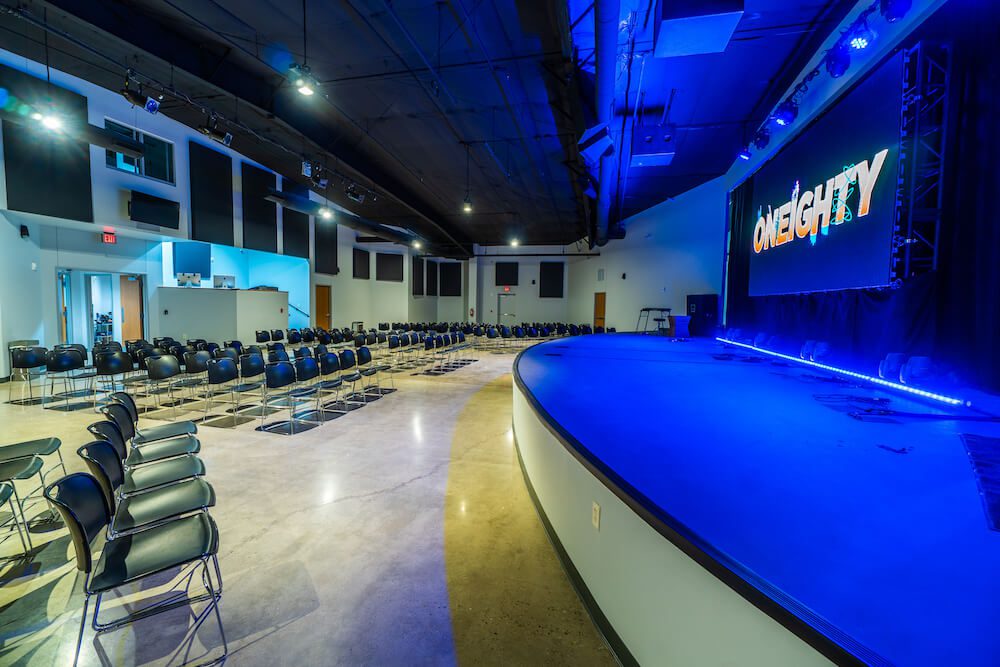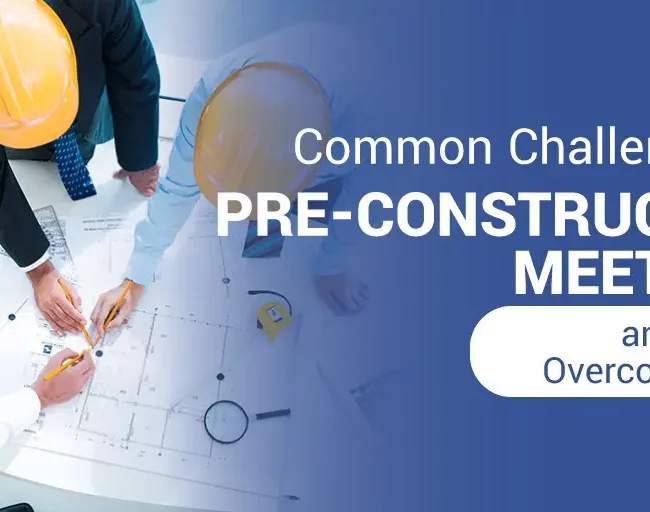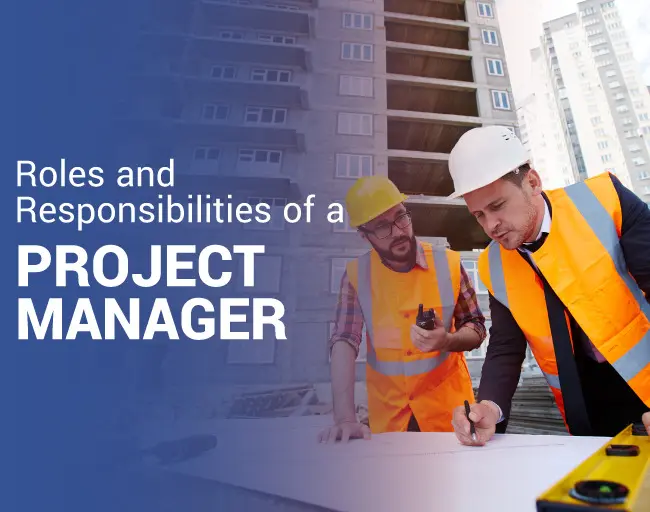MANAGEMENT

Management Process
Projects are our life. With the skill and passion to lead, we complete your project the right way. Our team keeps strict controls on budgets, quality, safety, and schedule, key features of our design/build process.
The final stage of the design/build process is to manage it. From start to finish, your project needs a strong hand to guide it so that it can become all that it was designed to be. Management is more than just budgets, percentage of completion, and minding the schedule, it is a dynamic process of moving people forward together with the project for the best result possible. It takes years of practice and experience to do a project right. And Constructable is that very kind of company to escort your project to the finish line.
A strong hand
Project management is the art of delivering a valuable result through skills, tools, and work product. Add in additional project team members and the complexity grows. Communication becomes more and more difficult with different levels and connections added. The design/build process seeks to address these difficulties by keeping a single source of communication, one source of responsibility contractually, and a strong hand of guidance for the project throughout.
Communication challenges
The first time something is done is the easiest. Why is this? You are setting the standard for practice and norms. You are not concerned with conforming to a previous pattern because you are simply creating the pattern from which all your requirements and specifications flow. The same is true for communication. When you have no team members external to your organization, there is no fear for competing interests or breakdowns of communication. Add in a third party and you now have two different agendas, communication styles, and various meetings to ensure that what you are communicating is being done.
Think of how exponentially hard communication becomes when you have multiple levels of project team members trying to do what the project requires. In the design/build process, you simply must communicate with us as a contractor, and we disseminate and ensure that you have been heard. There is eye-to-eye communication, one conversation to be had, and accountability does not become everyone’s responsibility, but solely remains in the design/build contractor’s purview. Truly if something is everyone’s job, it is no one’s job.
The tragedy of the commons
British Economist William Forster Lloyd spoke about how something that is owned by everyone is disregarded and not cherished for that reason. Everyone has incentive to use up as much of the shared resources as possible, but no one has the responsibility to regulate it, a true “everyone’s job is no one’s job.” An example that is commonly given is groundwater use or fishing in the oceans. Either one of these two things, if overdone, can ruin the entire system for us all. If someone decides to be too greedy and use up all the water or over-fish, then everyone suffers even though no one is in charge of regulating it all.
The example of the tragedy of the commons in construction is safety: Everyone talks about safe practice. Everyone wants to go home at night. But few contractors take responsibility to make it their own. Someone must take final responsibility for the safety of the site because subcontractors and team members will only rise to the lowest level required contractually. While safety affects everyone and is something all project team members should care about, it is up to the design/build contractor to enforce safety and own the process. It is too important to leave alone to chance or to expect everyone to want to engage in safe practice. The design/build general contractor must manage the safety process by contractually requiring safe practice, inspecting for safe work, and keeping safety in the minds of every project team member.
Reproducibility is the goal
Repeating a project is an accomplishment in of itself. After having finished one phase, now there are all kinds of features to do correctly, paint to match, specifications and requirements to be ensured. It is the art of repeating
A project team that can repeatedly be successful is a rare team indeed. Reproducibility is the goal. Once you find a design/build contractor that can orchestrate the stakeholders in a way that everyone reaches the goal happy, keep close to that team. Reproducing success is what will make a long and gainful partnership. But repeated success is very hard without proper management.
Consider a designer designing or a writer writing. Chapter 1 is easy. Floor 1 is not the problem. What happens when you must use the same conventions, maintain consistency, and repeat the success of the previous work done? Now you must make sure your numbering system is right, your design matches the second floor, and your brilliance is not exhausted on part 1. Building a sequel is much more challenging because of the expectations now in place from your first success. But there is an answer to giving yourself the best chance for repeated success: an integrated management process that walks the whole project through from start to finish. This is the best way to give yourself and your project a chance to turn out the best it can be.
Minding Budgets
A construction manager will focus on the project budget as the most important piece of management for our customers. The budget is obviously so important simply because it is the lifeblood of a project, without which it will not survive, and the project will never finish. This requires accurate and strict cost accounting, coding, budget management, stringent controls on cashflow, and various other accounting activities to be undertaken. A good design/build contractor will have all these skills in pursuit of your best pricing on your project.
Enforcing Schedules
As mentioned in previous articles on the design/build process, a schedule can overrun a project or a budget nearly as fast as anything. That is because lengthened schedules always mean more cost, longer rentals, supply chain issues, and a host of other problems. A construction manager not only sets a realistic schedule, but also enforces it through look aheads, keeping his or her finger on the pulse of the project, avoiding weather delays, and motivating project team members to complete. Even in preconstruction contractual negotiations, the construction manager can set a project up for success in what he or she requires of subcontractors and suppliers in terms of schedule, manpower, and attention to your project.
AHJs: Authorities Having Jurisdiction and permitting
Inevitably every project will run into authorities who require permissions, inspections for quality, and/or attaining correct specifications on a project. Who is going to host and appease the authorities? Who will do the in-depth research and jump through the various hoops to get a project approved for action if not a design/build contractor? With carefully-cultivated connections and the professional certifications that we bring to the table, a capable construction manager like Constructable can use various means to ensure a project will not get stuck in committee and will meet the environmental, cultural, and civil requirements for it to proceed. Who else but the design/build contractor will take inspectors through your project with a careful eye toward quality and safety?
In addition to the benefits of a seasoned eye in contracting, some design/build contractors have engineering staff that can stamp and even bypass the need for inspection because of the high skill and certifications they have obtained. It takes the signature of a city inspector or the stamp of a professional engineer to pass certain inspections. How much better is it when your project team has the professional certifications to do that for you? At Constructable we employ architects and professional engineers who are capable to stamping drawings, submittals, and shop drawings for a faster-yet-quality-maintained result. This is another benefit of having a design/build contractor on your side. He or she becomes your agent for change and moves the project forward through various professional competencies.
Pulling it all together
Construction managers need both experience in the industry and people skills, professional certifications, and a heart to serve the customer. A design/build contractor like Constructable can do all the above in service of your project. From ensuring contractual requirements are completed to keeping a strict cost accounting project-wide and schedule-long, a construction manager that is a design/build contractor has an advantage of a single source of responsibility, deep knowledge of a project from design phases, and the authority to act on your behalf. There is no better situation for a project owner.
At Constructable, we would like to demonstrate how we can move your project to completion. Below are sample design/build projects that Constructable is involved in.
What Satisfied Customers Say
Customer Testimonial
It was obvious that Constructable was the perfect solution…
David Querio
President, Ascent Aviation Services, Marana, AZConstructable has exceeded my expectations.
Troy Smothermon
Pastor Church On The Move, Roswell, NMConstructable saved our project.
Maria Whitfield
Owner's RepresentativeDesign/Build Projects
Management
-
Common Challenges in Pre-Construction Meetings and How to Overcome Them
In the world of construction, the importance of a pre-construction meeting cannot be emphasized enough. It sets the tone for the entire project, ensuring all stakeholders are aligned in terms
-
10 Roles and Responsibilities of a Project Manager in Construction
In the multifaceted world of construction, the project manager plays a pivotal role. Their responsibilities encompass a range of activities from initial planning to the final execution, ensuring every project
-
Effective Time Management Tips for Every Construction Project
Effective time management can make or break any construction business. After all, time is quite literally what construction projects are made of. Unfortunately, time management in construction is not always kind.
